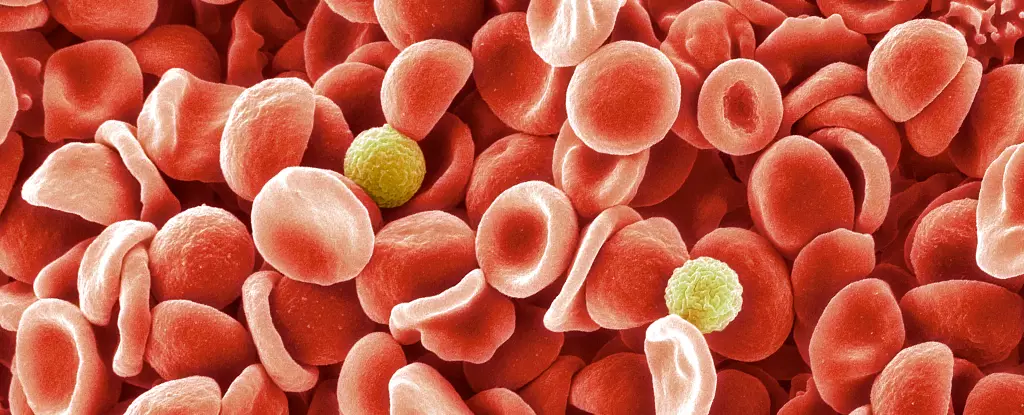In a remarkable turn of scientific exploration, what began as a perplexing case of a pregnant woman’s blood sample devoid of a critical surface molecule in 1972 has culminated in the identification of a new blood group system known as the MAL blood group. This significant breakthrough, detailed in a 2024 publication by researchers from the UK and Israel, represents not only a medical milestone but also a testament to the perseverance and thoroughness that characterize the field of hematology. Louise Tilley, a hematologist with the UK National Health Service, has dedicated nearly two decades to unraveling this intricate biological mystery, believing wholeheartedly in the necessity of recognizing and addressing the needs of patients with rare blood types.
The Complexity of Human Blood Group Systems
While most individuals are familiar with the ABO blood group system and the accompanying Rh factor, the landscape of blood group classifications is much richer and more nuanced. Our blood cells are coated with an array of cell-surface proteins and sugars, all functioning as crucial identifiers for distinguishing ‘self’ from ‘non-self.’ This distinction is vital for immune responses and transfusion safety, highlighting the importance of meticulous classifications in blood typing. Errors in matching blood groups can lead to serious and often fatal complications, underpinning the urgent need for comprehensive knowledge of these genetic variations.
As the 20th century closed, major blood groups had already been established, yet the late discoveries, including the Er blood system in 2022, continue to illustrate that rare blood types—such as the MAL group—are not merely scientific curiosities. Rather, they represent critical factors in the lives of those affected, urging the medical community to continue the relentless pursuit of understanding these variations.
MAL Blood Group: A Genetic Puzzle
The MAL blood group, characterized by the absence of the AnWj antigen, owes its existence to the mutations found within the MAL genes. This antigen plays a vital role in cellular integrity, as it resides on myelin and lymphocyte proteins. Tilley explains that while the case studies of affected individuals were scant, their shared genetic markers have provided researchers with the building blocks needed to demystify this phenomenon. The collaboration and interdisciplinary approach taken by scientists like Tim Satchwell have proved indispensable, as complex molecular inquiries were answered through relentless experimentation.
What is particularly fascinating is how the absence of the AnWj antigen, present in over 99.9% of the population, reveals the fragile balance of genetic expression within humans. Though a mere protein may seem insignificant on the surface, it carries profound implications for patient care. The ability to insert a normal MAL gene into AnWj-negative blood cells, thereby creating a semblance of normalcy, serves not only as a clinical triumph but also as a beacon of hope for individuals grappling with this rare blood type.
The Meaning Behind the MAL Group Discovery
The identification of the MAL blood group prompts a pivotal discussion about the broader implications of rare blood types in healthcare. Each case of AnWj-negative blood not only represents a scientific anomaly but also a complex narrative of individual health. Understanding the genetic underpinnings allows for stratified patient testing, determining whether their AnWj-negative status is an inherited trait or a consequence of suppression caused by other medical issues. Such insights can guide treatment strategies and improve outcomes for these individuals.
The scientific community, particularly hematologists, must embrace the urgency of understanding rare blood types. Every finding enriches the narrative of human biology and propels us closer to personalized medicine, where tailored care could be a reality rather than a hope. This discovery exemplifies how sometimes the diligent pursuit of unusual cases can yield greater clarity and open new therapeutic avenues.
The Path Forward: Implications for Patient Care
In sum, the revelation of the MAL blood group serves as a microcosm of the myriad complexities inherent in blood science and patient care. As we strive to unravel the subtleties of human genetics, particularly in the realm of immunology and transfusion medicine, we must also remember the human stories intertwined with these scientific advances. The focus on understanding and treating individuals with unique blood types not only enhances medical practice but also reaffirms the essence of compassion in healthcare.

